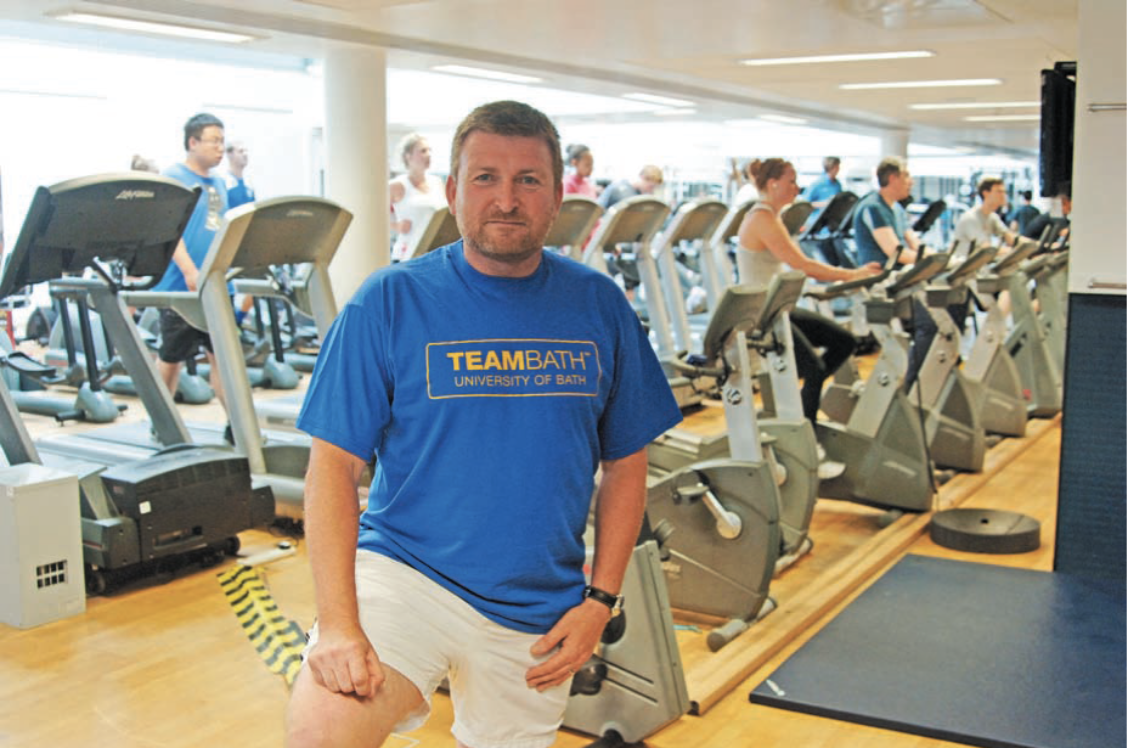
Mako robot-assisted total hip replacement
Modern hip replacement surgery was pioneered by Sir John Charnley in the UK in the early 1960s. The procedure and implant used were developed and refined over the next 30…

Modern hip replacement surgery was pioneered by Sir John Charnley in the UK in the early 1960s. The procedure and implant used were developed and refined over the next 30…

Total hip replacement surgery is one of the most successful, cost-effective and safest operations in the world today. However, despite its overall success rate, hip replacement surgery is a major…

With around 80,000 carried out each year, hip replacements are one of the most common elective surgical procedures in Britain. We speak to 41-year-old Rhys Gwilliam who managed 16 years…

Hip problems can arise at any time in life. Choosing to have surgery can be a life changing experience, however understanding the procedure and rehabilitation helps for a speedier recovery.
We find out more from a patient who had hip replacement surgery at Circle Bath hospital.
Having a hip replacement was not something that 47 year old Andy Hibbert, a teaching fellow at the University of Bath and sports enthusiast, thought he would have to worry about at his age until increasing levels of pain started to impact on his active lifestyle last year.
After seeking advice from his GP, Andy had a consultation with Consultant Orthopaedic Surgeon Mr Matthew Burwell. After extensive examinations he was told his condition could worsen and that surgery should be considered. The surgery would require an extended period of time off work (6 to 8 weeks), so it was important that Andy could choose to have the surgery at a time which suited him and caused the least disruption to his life.
Andy’s Story:
“I had been suffering from a hip problem for about two years and it was increasingly impacting on my work and personal life. My job at the University of Bath training PE teachers and undergraduate teaching involves demonstrating different techniques and I have always played a lot of sports so I knew it couldn’t go on like this.
“Understanding the different types of operations for hip problems was important to me so I did a lot of my own research. When I had my appointment with Matthew at the hospital to discuss the options I was able to ask a lot of questions and went in with my eyes wide open.
“We had discussed what would happen on the day of the operation and because Matthew had explained the different surgical options I was confident in his decision to upgrade the original hip resurfacing procedure to a full hip during the surgery, as this procedure would give me better results.
“I felt really calm and comfortable going into the operating theatre and I think this was because I was put at ease by the anaesthetist. We had a really good discussion about the sedation he would use and how it would affect me, so I felt like I still had some degree of control because I understood what was happening.
“The quality of the nursing at CircleBath was genuinely fantastic. Even though I was feeling pretty sore for the first 36 hours, it felt like I was staying in a hotel rather than being in hospital.
“I started working with a Physiotherapist within hours of having the hip replacement operation and they helped me to walk and manage steps before I left the hospital. They also gave me very clear exercises to help ensure a rapid recovery.
“It was a good experience all around and I was particularly impressed by the fact that on the day I was discharged, after checking me over, Matthew even gave me his personal mobile phone number and told me to call him any time if I had any concerns.
“I’m already back running, using the gym and playing squash and golf again so, even though I’m still recovering, I’m really pleased to be getting back to my normal routine again.”
Types of hip surgery:
Hip Replacement
This is a surgical procedure in which the hip joint is replaced by a prosthetic implant.
Hip Resurfacing
The procedure consists of placing a metal cap over the head of the femur while a matching metal cup is placed in the pelvis socket. It replaces the two surfaces of the hip joint without the need to remove as much of the bone.
Hip Revision
This surgery involves the exchange or re-doing of an artificial hip joint that has been damaged or loosened over time or as the result of infection.
Hip Arthroscopy
An arthroscopy is a surgical procedure which allows a surgeon to diagnose or treat specific hip problems, especially in younger patients, using keyhole surgery.
Contact Matthew Medical Secretary on 01761 422 263 or email matthew@matthew-burwell.co.uk
